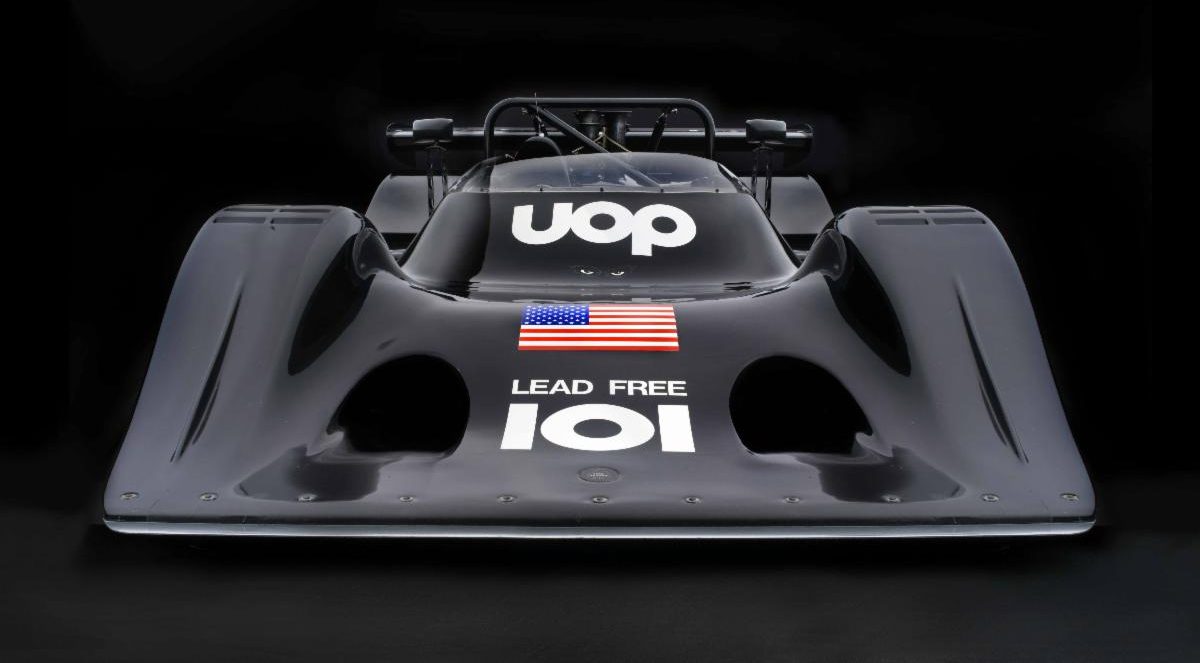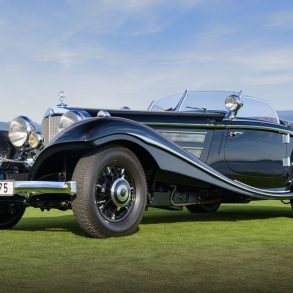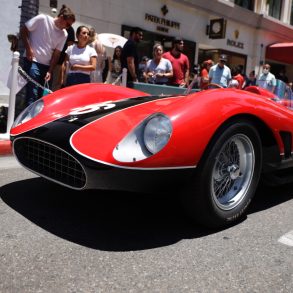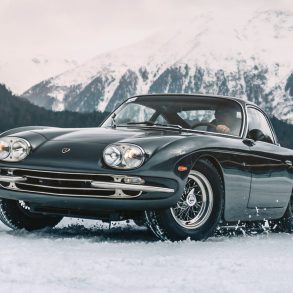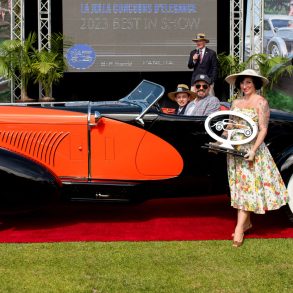Organizers have announced the special classes for the 26th Annual Amelia Concours d’Elegance, March 4-7, 2021.
Shadow

In 1970, the wildest year of Can-Am competition, everybody seemed to have a better, wilder or weirder idea. None more so than a radical, bizarre, unloved and evil handling little doorstop of a race car spawning a family that would claim the Can-Am Championship, deliver a future World Champion his first F1 victory and compete at the top level of Grand Prix racing. Don Nichols, Shadow Cars chief and a genuine international man of mystery, loved the Shadow radio serials and named his cars and team accordingly. The 2021 Amelia Concours will feature a special Shadow class including the bizarre and radical AVS — Advanced Vehicle Systems — Shadow Mk 1 of 1970, the 1974 Can-Am champion DN4 and Alan Jones’ 1977 Austrian Grand Prix winner, the Shadow DN8A. Shadow designers were an all-star team with world class credentials and imaginations: Trevor Harris, Peter Bryant and Tony Southgate drew the sinister shapes that were instantly recognizable as Shadows, right down to the team’s famous cloaked spy logo.
Hispano-Suiza
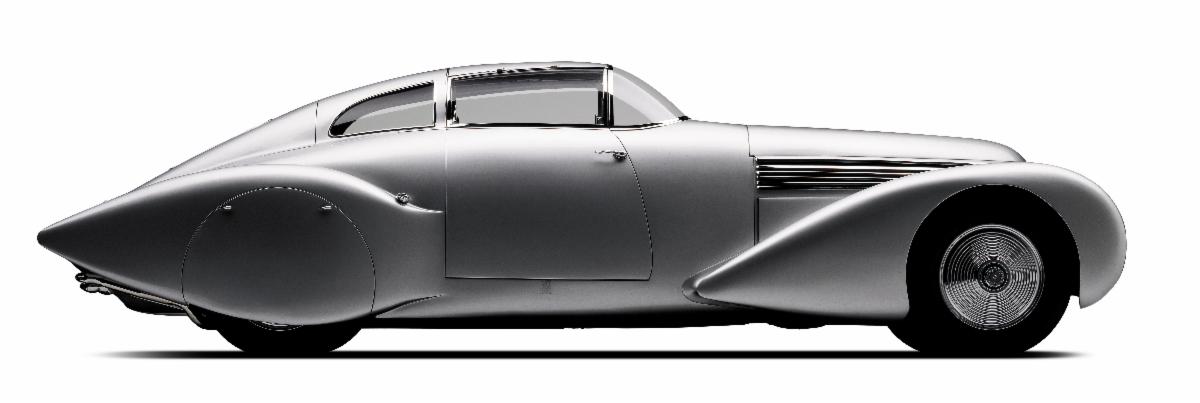
The fabled Spanish-Swiss grand marque remains the only car named for a king, Alfonso XIII of Spain, himself a Hispano enthusiast, who owned as many as 30. His enthusiasm for the marque and its reputation for exquisite engineering made it a favorite of royals, celebrities, heroes of all stripes and even a few literary characters who drove Hispanos across the pages of bestselling fiction when the need to project a sense of wealth and style was required. Every famous European coachbuilder of the custom body epoch dressed Hispanos. Their V-8 engines helped win the air war in WWI. That elegant engineering blood gave the cars that wore the “flying stork” mascot, as the sales brochure put it . . . “vitesse, securite, confort, silence, elegance.” It wasn’t hyperbole. Even today the reputation of Hispano-Suiza ranks it with the greatest, most respected and revered names at the pinnacle of the auto industry..
Porsche 935
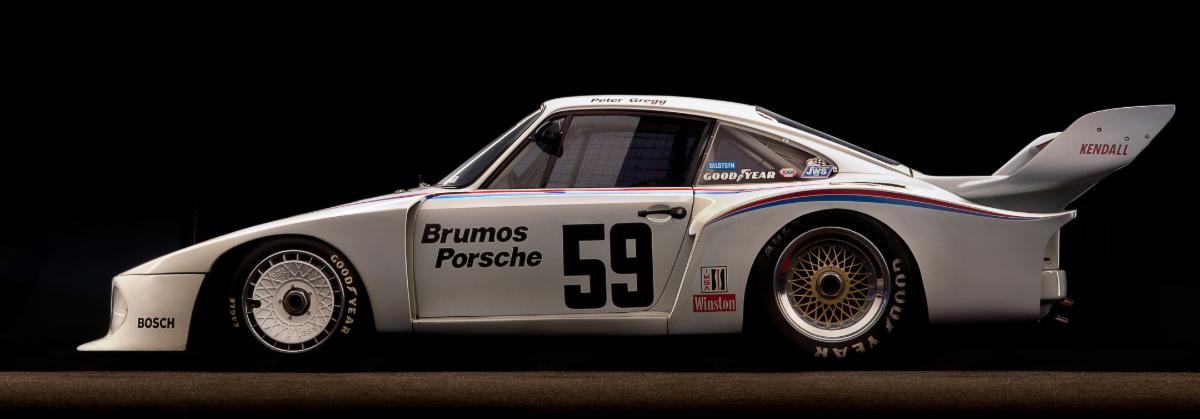
“The Racers’ Concours” honors and celebrates the 45th anniversary of the long-lived, fire-belching 200-plus mph Porsche 935 turbos that once ruled international endurance racing. The 935 was the backbone of international endurance racing for nearly a decade and owned championship titles from Daytona to Le Mans and back. Its popularity remains so potent that nearly five decades after its debut Porsche is creating 77 tribute cars to the 935/78 Moby Dick Le Mans racer based on the 911 GT2 RS.
Chevy Thunder
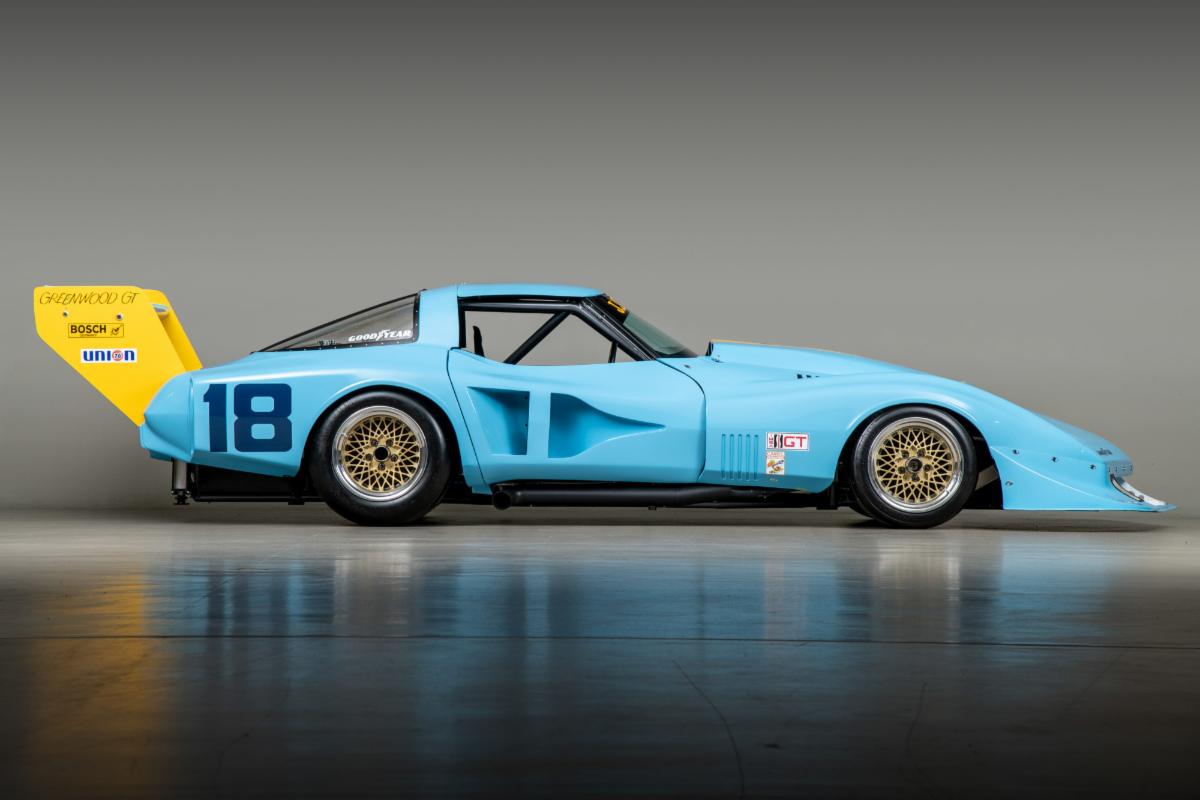
Truly the “heartbeat of America” from Indy, Sebring, Daytona, Le Mans, Pro Stock, Can-Am, Trans-Am, club racers, Sprint Cars, Baja & Desert racers, IROC, F5000, Swamp Buggies, Dune Buggies, Hot-Rods, Kit Cars and even to off-shore powerboats, Chevy’s small blocks, big-blocks and pure racing engines set records, crushed competitors and dominated practically every type of motorsport for well over half a century. Chevy’s small block V-8 of 1955 was the elegantly simple engineering masterpiece that inspired hot rodders and race car builders alike. Chevy small block power even sat on the front row of the Indy 500 (1981), outran the fabled Offys on dirt tracks, ruled NASCAR’s high banks, short tracks and road courses, won the 24 Hours of Daytona, the 12 Hours of Sebring and owned the Can-Am (at one point winning 33 races in a row).
Chevy Thunder is the soundtrack of NHRA Pro Stock competition winning the championship 24 times, more than any other manufacturer. Its impact on American culture even extends to popular music; in 1962 the Beach Boys composed a song commemorating the power of Chevy’s big block Turbo-Thrust V-8 entitled, appropriately, “409.” Specifically songwriter Gary Usher’s “ . . . 4-speed, dual-quad, positraction four-oh-nine!” Since its first V-8 in 1917, Chevy V-8 power has touched practically every facet of American life towing trailers, delivering groceries or taking the likes of McLaren, Scarab, Lola, Chaparral, Eagle, Corvette and Camaro to scores of racing victories and championships; some Chevy V-8s even replaced those legendary Italian V-12s in American sports car racing.
Ferrari 275 GTB
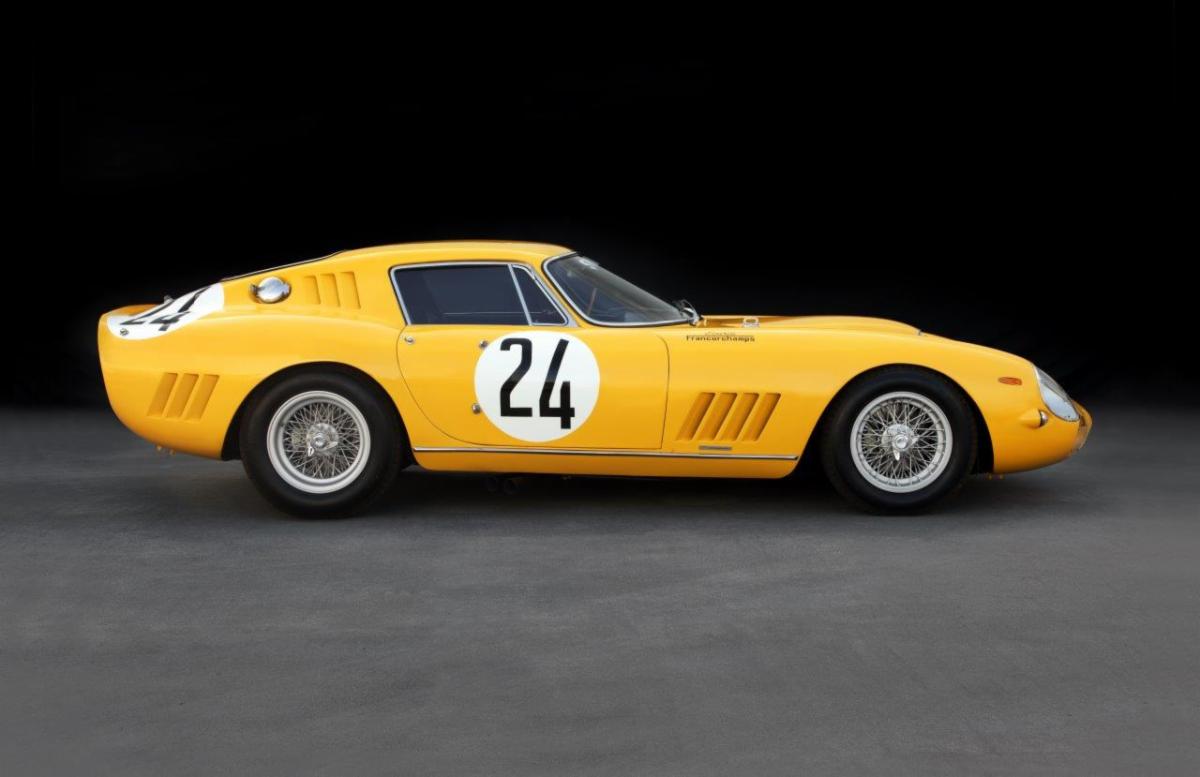
It’s hard to imagine a tougher automotive act to follow than Ferrari’s landmark 250 GTs. From the mid-fifties to the immortal GTO of 1962, Ferrari 250 GTs set the standard, won the races and were the fast moving targets of every GT builder from Los Angeles to Coventry to Stuttgart. Unveiled in Paris in 1964 the 275 GTB became Ferrari’s first GT to fit modern alloy wheels and wear independent suspension at each corner. It proved itself in June 1965 with the Belgian racing yellow #24 275 GTB/C finishing third overall and eclipsing the Le Mans distance record of every previous class-winning GTO.
The 275 won Le Mans’ GT class again in 1966 and 1967. Easily the most famous 275 GTB — one of just ten NART Spiders built — was Steve McQueen’s signature ride in the 1968 double academy award nominated film The Thomas Crown Affair.
1970s Muscle Cars
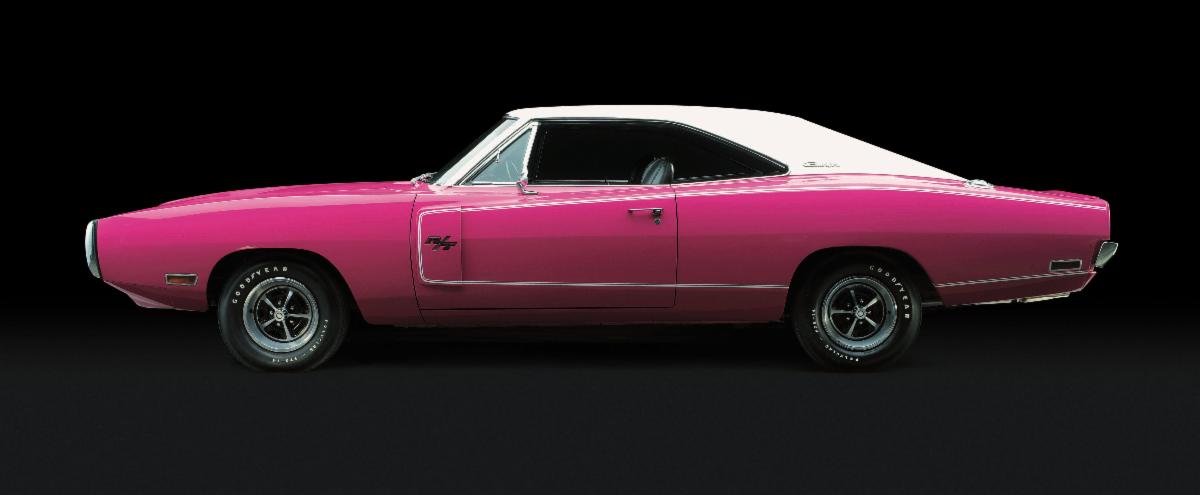
Purely American, the Muscle Car brought horsepower to the people with low monthly payments and practically unlimited brute force. Every manufacturer from Chevrolet to Ford, from Buick to Dodge offered an alternative and competitor to the Pontiac GTO, the car that started it all in the mid-sixties. The peak of the Muscle Car Era was 1970, just before emission laws and the fuel crisis hobbled Detroit’s horsepower warriors. Amelia 2021 will host a special display class from the renowned Wellborn Musclecar Museum in Alexander City, AL including a Muscle Car from every manufacturer that played Detroit’s high stakes high horsepower game at the overpowered breed’s showroom apogee in 1970.
It’s Electric
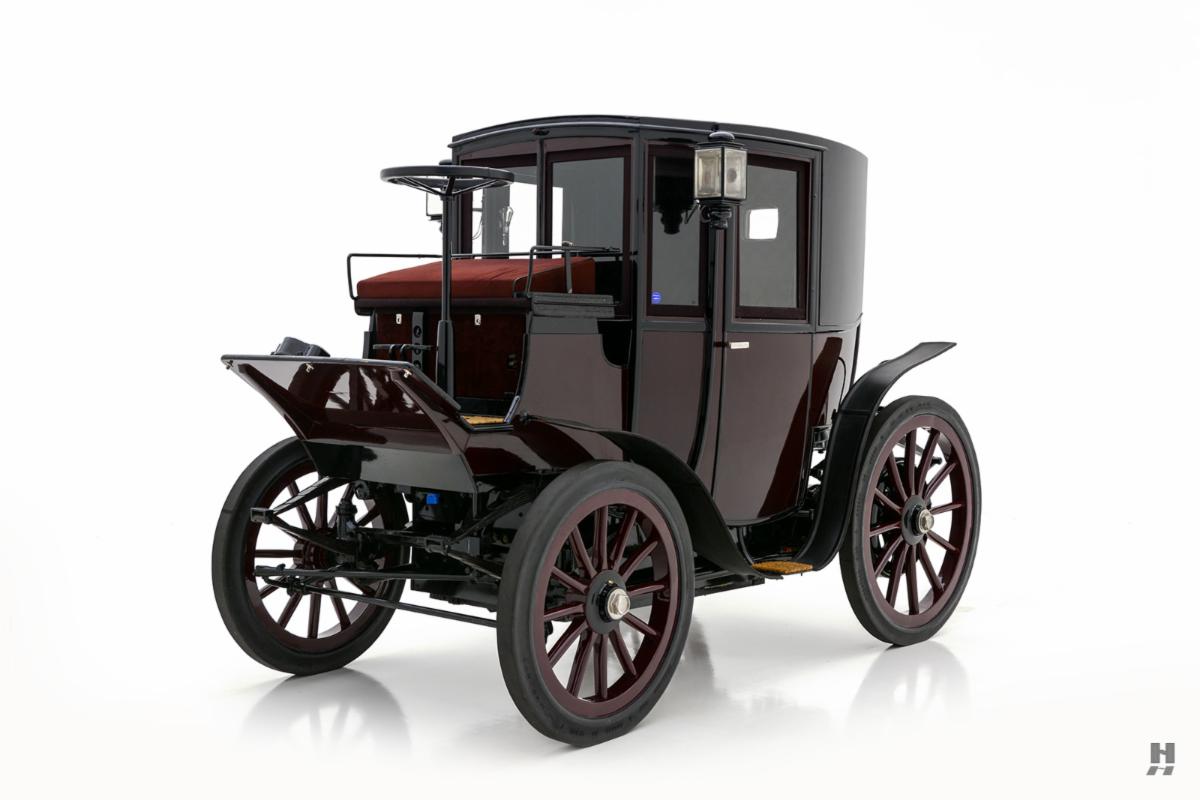
The Amelia’s “It’s Electric” Class showcases the development of the electric car from the beginning of the automotive age when it was a viable alternative to steam and internal combustion automotive power. Fast evolving highway and road infrastructure and the rise of the petroleum industry eased the electric car aside turning its advantages and strengths into liabilities. Times and technologies have changed. So have the mission and operational envelope of the automobile and its place in society. Fast evolving technologies and acute civic awareness of environmental trends stand poised to return the electric car to mainstream motoring life well beyond its original duty as short range urban transportation.
Supercars of the 80s and 90s

While the term “supercar” dates back to 1920, the descriptor is often associated with the debut of the mid-engine Lamborghini Miura in 1966. The rules to play the supercar game were simple: big exotic engines between the driver and the rear wheels and a body shape that echoed Le Mans prototype contours: the wilder the better. Enter the Lamborghini Countach, Porsche 959, Ferrari F40, Bugatti EB110, Jaguar XJR-15 and the Ferrari F50.
Over time the term “supercar” expanded to describe an elite group of sports cars that stand apart in terms of design, performance, technology and price. For 2021, The Amelia will gather some of the world’s most iconic supercars of the 1980s and 1990s onto the main showfield.
Tickets for the 26th Annual Amelia Island Concours d’Elegance are now available online.
For more info and to purchase tickets visit: https://www.ameliaconcours.org/shop/tickets


